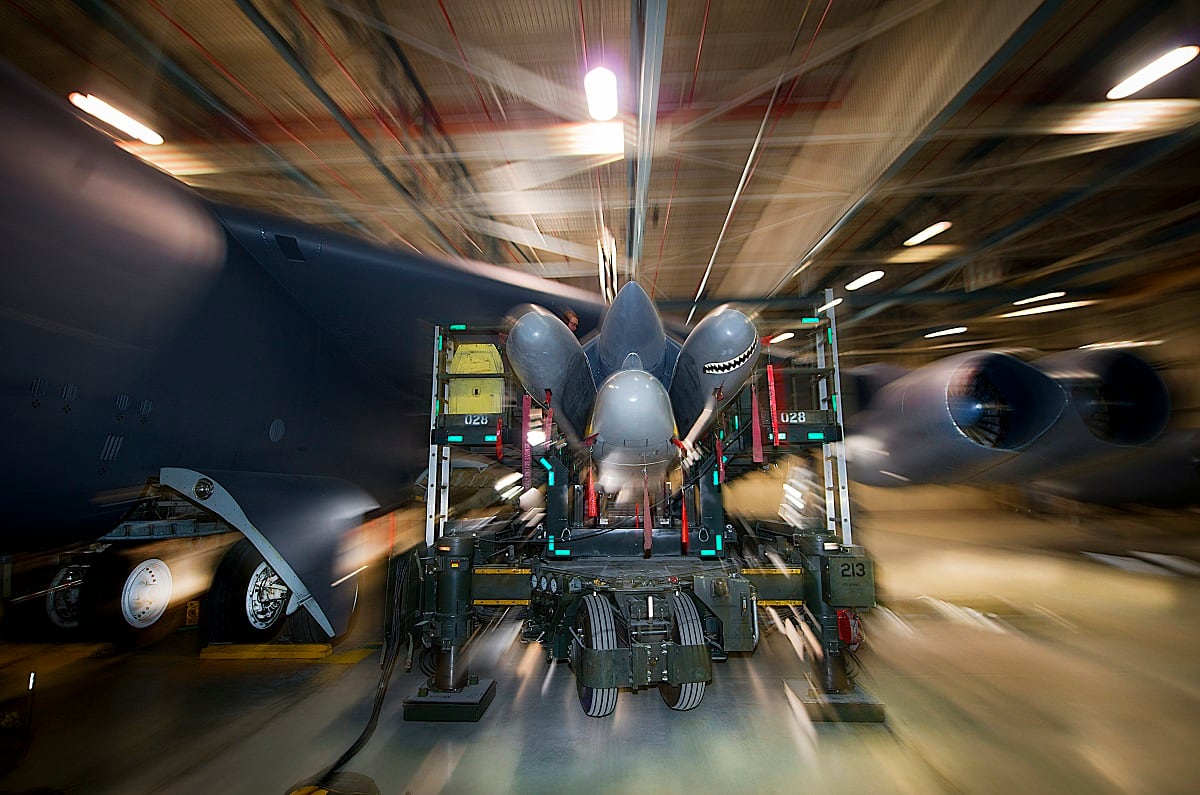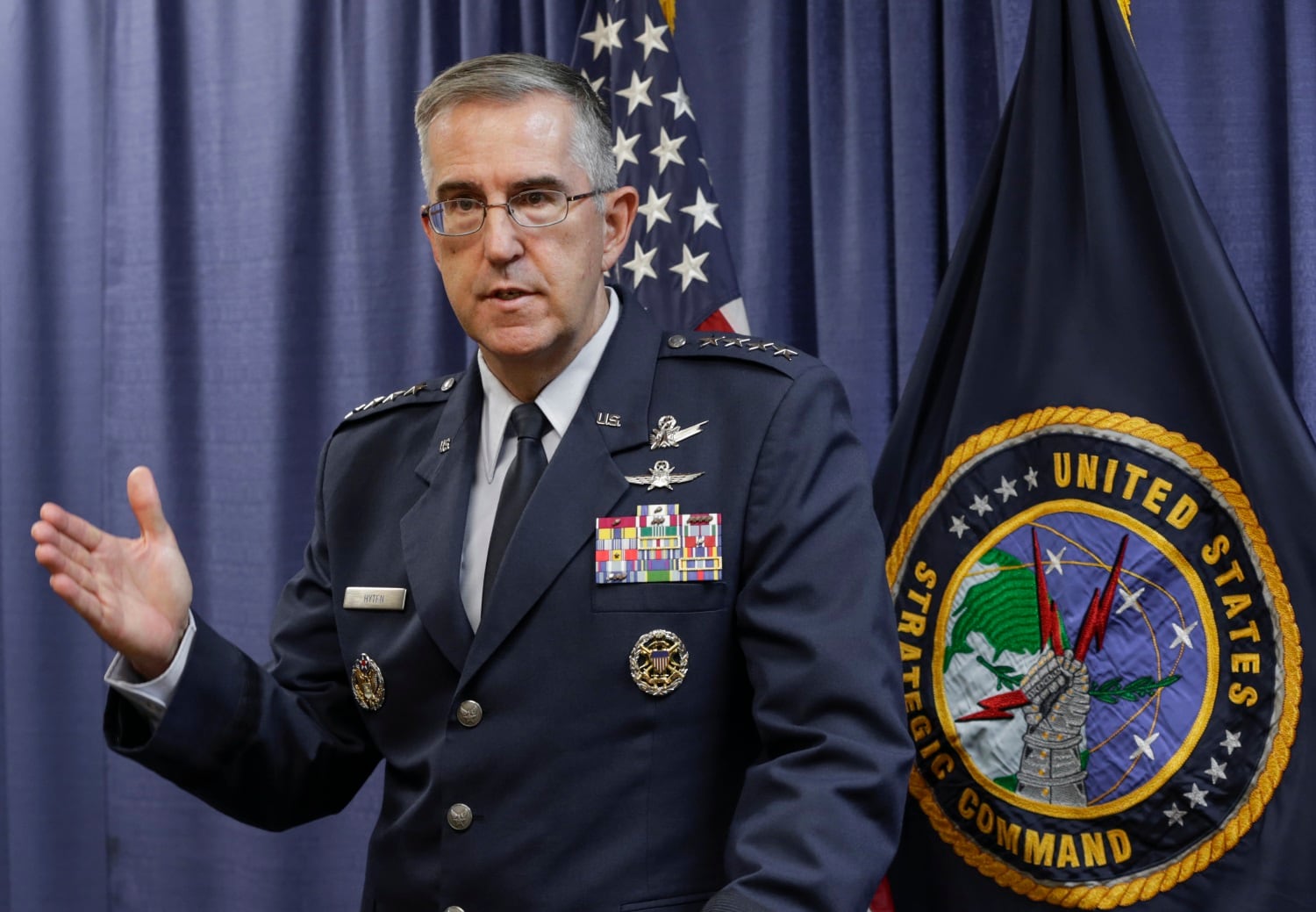WASHINGTON ― The announcement of two new low-yield nuclear weapons programs in the 2018 Nuclear Posture Review has led to a discussion about the utility of so-called nonstrategic, or tactical, nuclear weapons.
The importance of nonstrategic assets for the U.S. and Russia was examined in detail in a Congressional Research Service report published Feb. 13.
The distinction between a strategic and nonstrategic weapon used to be defined by mission set, observable capabilities and whether the system is covered by existing strategic arms control agreements. Emerging systems, however, strain traditional identification practices, making the distinction somewhat obsolete.
While some ambiguity remains around the concept of nonstrategic weapons, in the contemporary debate, weapons tend to be classified by warhead yield rather than delivery system.
RELATED

So, what is the strategic utility of nonstrategic assets?
For the U.S. and NATO, these weapons primarily serve to extend America’s overall nuclear deterrent to allies and augment alliance cohesion — despite disagreement within NATO regarding stationing U.S. nuclear weapons on European soil.
According to CRS, the U.S. currently has about 500 nonstrategic weapons in its arsenal, of which 200 are deployed to allied air bases in Turkey, Belgium, the Netherlands, Germany and Italy.
Russia’s estimated 1,000 to 6,000 nonstrategic weapons are meant to deter NATO aggression and, in the opinion of some analysts, underscore the country’s “escalate to de-escalate” strategy.
Although several experts on Russian nuclear strategy have challenged the United States’ interpretation and veracity of a Russian “escalate to de-escalate” strategy, the 2018 NPR justifies the need for further low-yield options as a tailored response to Russian nonstrategic assets.
Without having a low-yield option to respond to Russian first-use of a nonstrategic weapon, the argument goes, the U.S. would be forced to respond with a larger yield weapon, likely escalating conflict. Otherwise, the U.S. would have to respond with overwhelming conventional force.
In the words of Gen. John Hyten, head of U.S. Strategic Command: “If an adversary employs low-yield nuclear weapons on the battlefield, the only option that we have should not be just to go big. If they believe they can achieve their objectives through the limited use of nuclear weapons, then we risk a deterrence failure.”
RELATED

As Hyten acknowledged, the U.S. already has low-yield options. These assets, however, are exclusively delivered by air. The B61 gravity bomb and air-launched cruise missile ― soon to be replaced by the Long Range Standoff missile ― as well as the bombers that carry them, “cannot be everywhere, always at the same time,” Hyten said.
Because of this limitation, the NPR proposes additional sea-based capabilities to extend the range of U.S. power projection.
Yet, some experts argue the addition of low-yield submarine-launched ballistic missiles and a nuclear-tipped sea-launched cruise missile may not be the right solution for U.S. deterrence.
James Acton, a physicist by training and director of the Carnegie Endowment for International Peace’s Nuclear Policy Program, believes a more reliable and credible U.S. deterrent can be created by investing more heavily in nuclear command, control and communications.
“There is a real trade-off in the real world in what we spend on command and control and what we spend on offensive forces,” Acton said. ”As a nation, we are much better served by investing much more significantly in command and control than, for example, planning on spending for a third and particularly a fourth low-yield option.”
According to Acton, the main problem the U.S. faces regarding Russian deterrence is not technical, but political. In his mind, Russia is challenging U.S. nuclear posture “because they do not believe President Trump will use nuclear weapons against Russia. If Russia questions the U.S. willingness to defend NATO, it is more because of Donald Trump, not because the U.S. does not have the technical options.”
Daniel Cebul is an editorial fellow and general assignments writer for Defense News, C4ISRNET, Fifth Domain and Federal Times.







